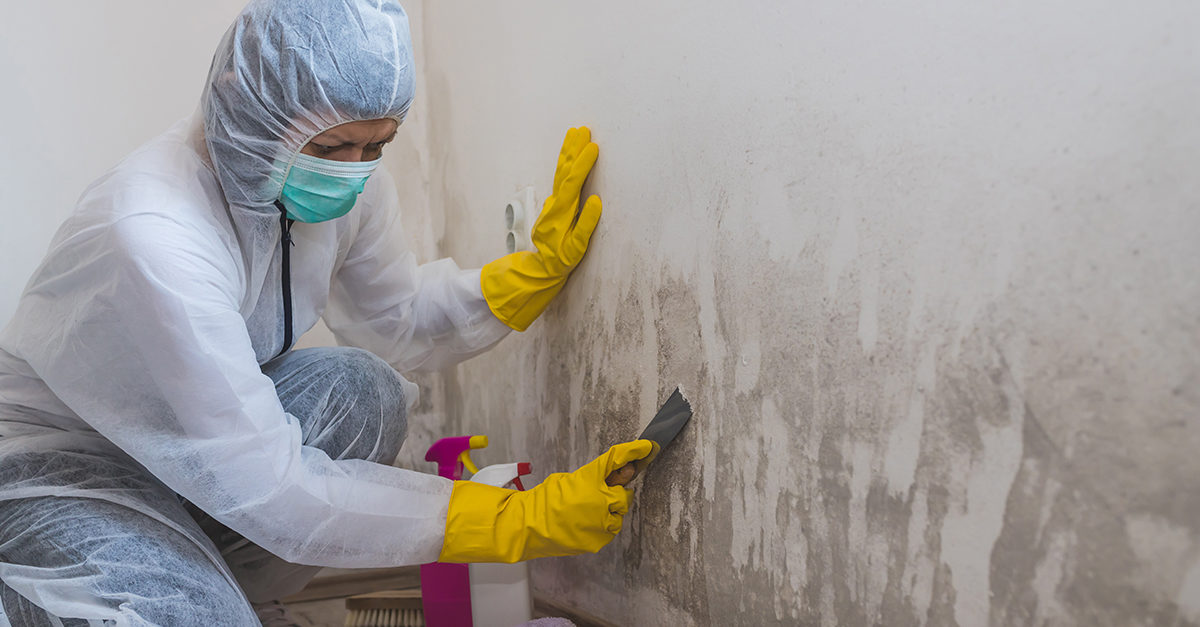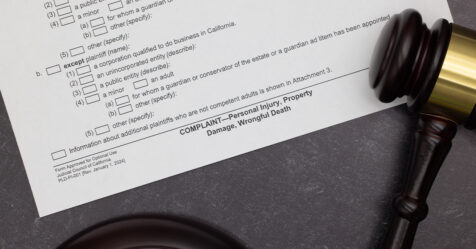What is mold? The U.S. Centers for Disease Control and Prevention (CDC) defines mold as a fungal growth that forms and spreads on various kinds of damp or decaying organic matter.
Mold (often referred to as fungus or mildew) needs moisture and a carbon source, usually found on building materials, to grow, according to the California Department of Public Health. Mold releases spores, which then float through the air and land on other surfaces or are inhaled by humans. Inhaled mold can cause adverse health effects, especially in young children, older adults, and those who are immunocompromised. The CDC lists upper respiratory tract symptoms, coughing, and wheezing as side effects of mold exposure.
Mold linked to climate change
According to the United Nations, climate change is the shift in temperature and weather patterns caused in recent years by human activities such as burning fossil fuels. Climate change has caused more frequent extreme weather conditions, such as
hurricanes and sea level rise, which in turn lead to flooding and mold.
The U.S. Environmental Protection Agency (EPA) reports that global precipitation has risen by 0.1 inches per decade on average since 1901. Damp conditions are a breeding ground for mold and lead to an increased risk of exposure and health effects. This rise in mold-related issues makes it essential to be aware of the procedures for the remediation of mold-damaged structures and contents.
Remove or replace
When mold is found in the indoor environment, the only good options are complete removal of the mold or replacement of the affected surfaces, which can be highly costly to a property owner. Mold remediation is a great option for many building owners and facility managers. However, ensuring that the individual hired for the job is well-versed in proper, industry-accepted mold remediation and restoration principles and techniques is crucial. Make sure the person conducting the mold remediation holds a certification and/or follows the accredited industry standard for mold remediation.
Accreditation ensures that these certifications and standards are vetted by unbiased, third-party accrediting organizations. Gaining accreditation is a rigorous process and can take years to develop fully. Accredited standards develop common, industry-accepted language and terminology for procedures like mold remediation and are integral to driving consistent quality of work and risk management. Accredited mold certifications recognize professionals with the knowledge and skills necessary to perform mold remediation jobs.
Suppose you are a building owner or facility manager looking for a mold remediation professional. You should first ask if they hold a mold remediation certification. Currently, no accredited certifications are available, although some organizations are actively working toward accreditation for their certification. Another question to ask is if the mold professional
follows or is familiar with an accredited industry standard for mold remediation. There is currently only one accredited mold remediation standard: ANSI/IICRC S520 Standard for Professional Mold Remediation.
“Accredited standards, such as the ANSI/IICRC S520, are especially important because they are based on reliable remediation and restoration principles, research and practical experience, and attempts to combine essential academic principles with practical elements of water damage restoration for technicians facing ‘real-life’ mold remediation challenges,” said IICRC Standards Director Mili Washington. If the professional is certified and follows this standard, you can rest assured that they are appropriately educated in the accepted methods and procedures of mold removal and remediation.


